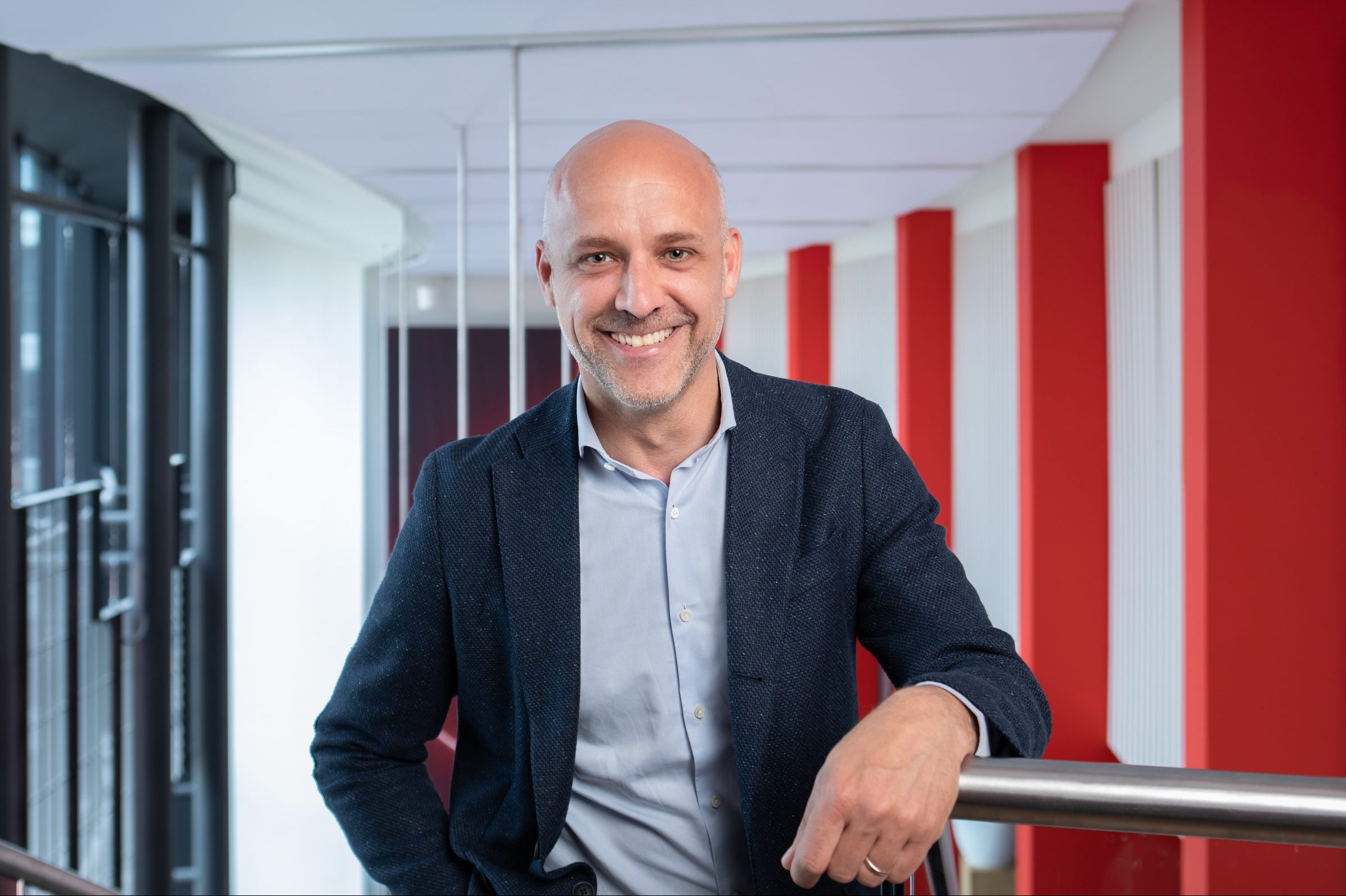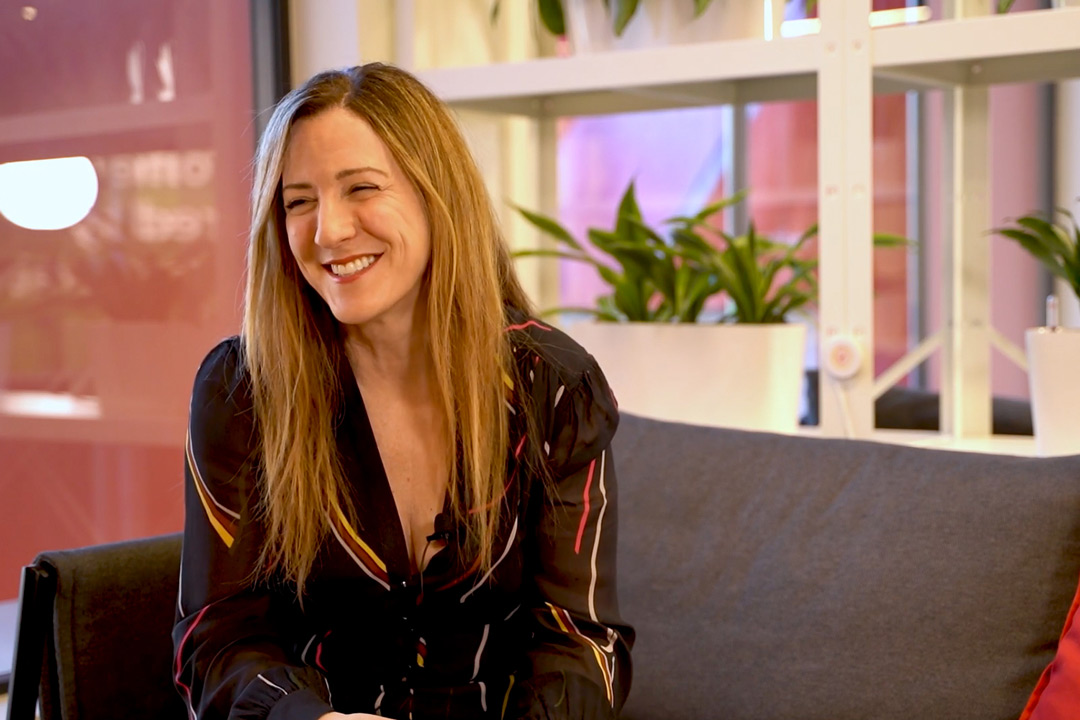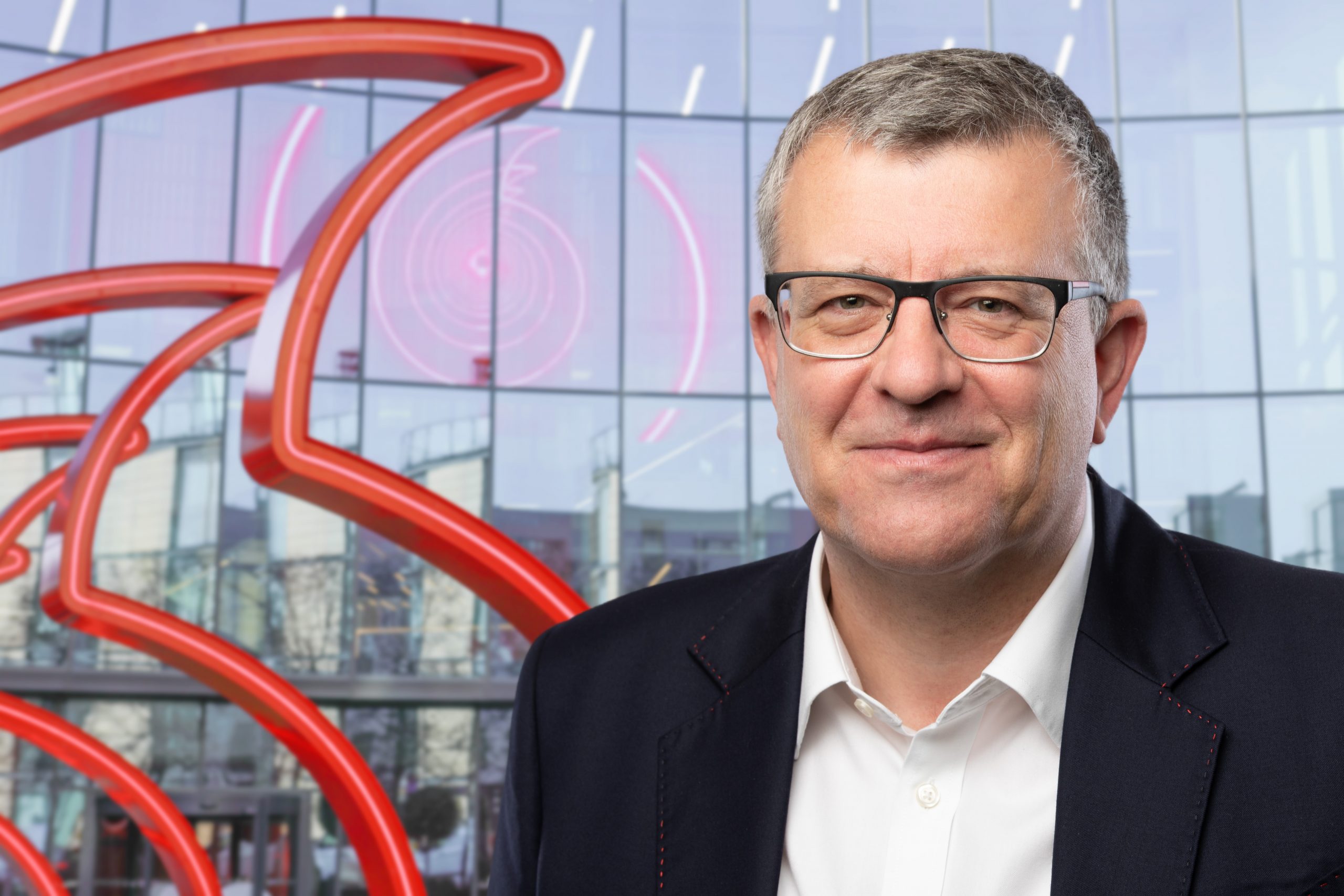
Nick Gliddon, Vodafone’s UK Business Director, celebrates an historic broadcasting partnership for an historic occasion.
Our innovative partnership with ITN will make the coverage of the Coronation of His Majesty King Charles III the first time a public 5G Standalone (5G SA) network in the UK is used for a broadcast.
We are proud to be working with ITN to play our part in helping make this special event happen through dedicating a slice of our 5G SA network.
From the first text message to the first mobile call, we have been central in the UK’s adoption of digital technology. Now we are continuing this tradition by having been the first to switch on 5G SA for the public to trial and now the first in providing a dedicated slice of this network for the Coronation broadcast.
Slicing is one of the exciting new features supported by 5G SA. Having a standalone network, without being slowed down by the existing 4G network, enables 5G to reach its full potential.
Vodafone and ITN partner to broadcast Coronation using 5G Standalone
This turbocharged 5G will facilitate AI, autonomous vehicles, holographic calls, virtual and augmented reality, Internet of Things (IoT) applications and much more. It will boost the UK’s digital economy and pave the way for our next digital age. We hope that this moment does for 5G SA what the last coronation did for the then new technology of TV.
History in the making
The Coronation of Queen Elizabeth II, broadcast live on 2 June 1953, was the first to be fully televised, offering everyone – or those who could afford or share a TV set at least – the chance to see an event that had for centuries only been open to a select few. Brits across the country watched the magic of the event unfold before their eyes, with never-before-seen access granted to the UK public.
It marked the tipping point for what, until then, had remained a niche technology. In 1953 only 14% of the nation had a TV and this was mainly concentrated in cities. Coronation fever was so strong in the build-up to the event that 526,000 TVs were sold. Eight million people watched at home, some on a TV that had been bought specially for the event.
Another 10 million watched the broadcast at other people’s homes and a further 1.5 million viewed the event at cinemas, halls or pubs. The total who watched on TV outstripped the total who listened on radio – for the first time ever.
Fast forward 70 years to the Coronation of King Charles III, and history is being made again. On this landmark occasion, television is again at the forefront of innovation. It’s the first time that 5G slicing on a UK public mobile network will have been used in such a way.
Next-generation network
So what exactly is all the fuss about?
Current 5G uses 4G infrastructure, limiting its potential. But 5G SA is pure 5G from start to finish, from the core to the radio units. This enables much lower latency, which greatly speeds up the reaction times of applications and machines receiving instructions over 5G SA. So, for example, autonomous vehicles will be able to react to their surroundings faster than the human brain. This is obviously important for safety reasons.
5G SA also offers much greater capacity, so many more devices can access the network at the same time without suffering any deterioration in service quality. And, of course, it enables new services such as network slicing – which ITN is using for the Coronation broadcast.
Network slicing gives dedicated parts of the 5G SA network over to certain users. It’s highly secure, fast and offers a guaranteed level of service because each slice is tailored to the needs of the user or application. Because 5G SA allows more intelligent allocation of network resources, this doesn’t impact the performance of the rest of the network.
https://www.youtube-nocookie.com/watch?v=-hQMHZgyBFA
ITN can guarantee content is transferred to the production studios at top speed and the Coronation crowds can still use their smartphones to share pics and videos of the historic occasion, as they would do normally. This is just one of the many incredible things that we can do with the power of slicing and 5G SA.
In future, we could have a network with a slice reserved for a smart energy grid, for example, helping people to manage their energy costs. Another slice could be dedicated to self-driving vehicles – enabling the next stage of transportation. One slice could be dedicated to IoT applications such as smart traffic lights, another for AI and holographic apps for use at major live events. The emergency ‘blue light’ services, such as the police and ambulances, could also have their own slice, and so on.
The possibilities for businesses and public services are almost endless.
Creative collaboration
Of course, technological innovation often relies on partnerships. We developed and tested this 5G SA networking slicing capability for ITN in partnership with Ericsson and ITN’s technology partner LiveU at Vodafone and Coventry University’s 5G SA Media Innovation Lab in Coventry. This lab, opened earlier in 2023, is the first of its kind in the UK.
Vodafone and Coventry University launch UK’s first 5G SA Media Innovation Lab
I would love as many businesses and developers as possible to come and use the lab to develop 5G SA use cases for the media industry, working alongside Vodafone engineers and Coventry University academics. It’s a safe and configurable environment to develop and test out exciting new projects.
The future is exciting; the future is 5G SA!
#TogetherWeCan
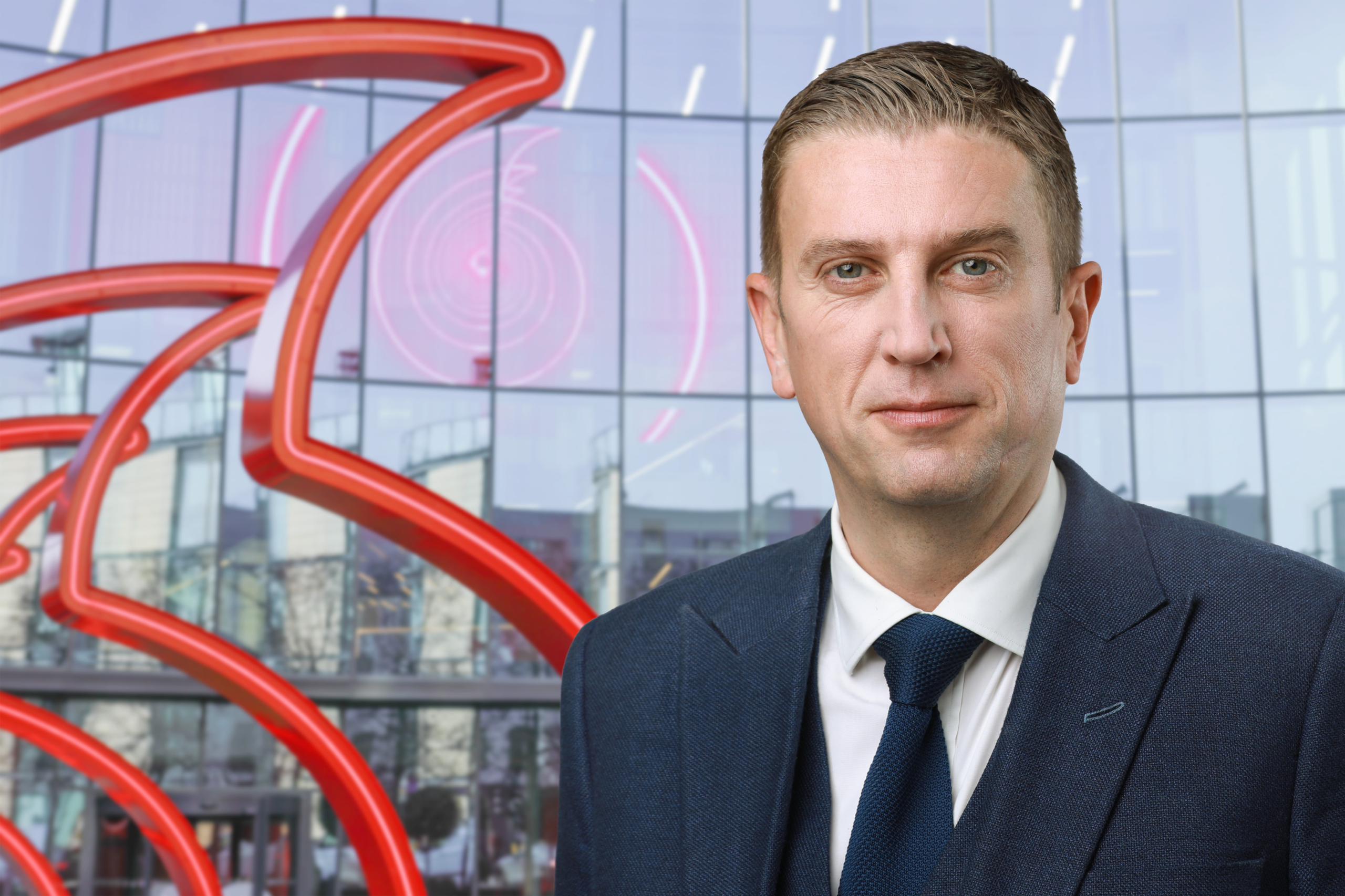

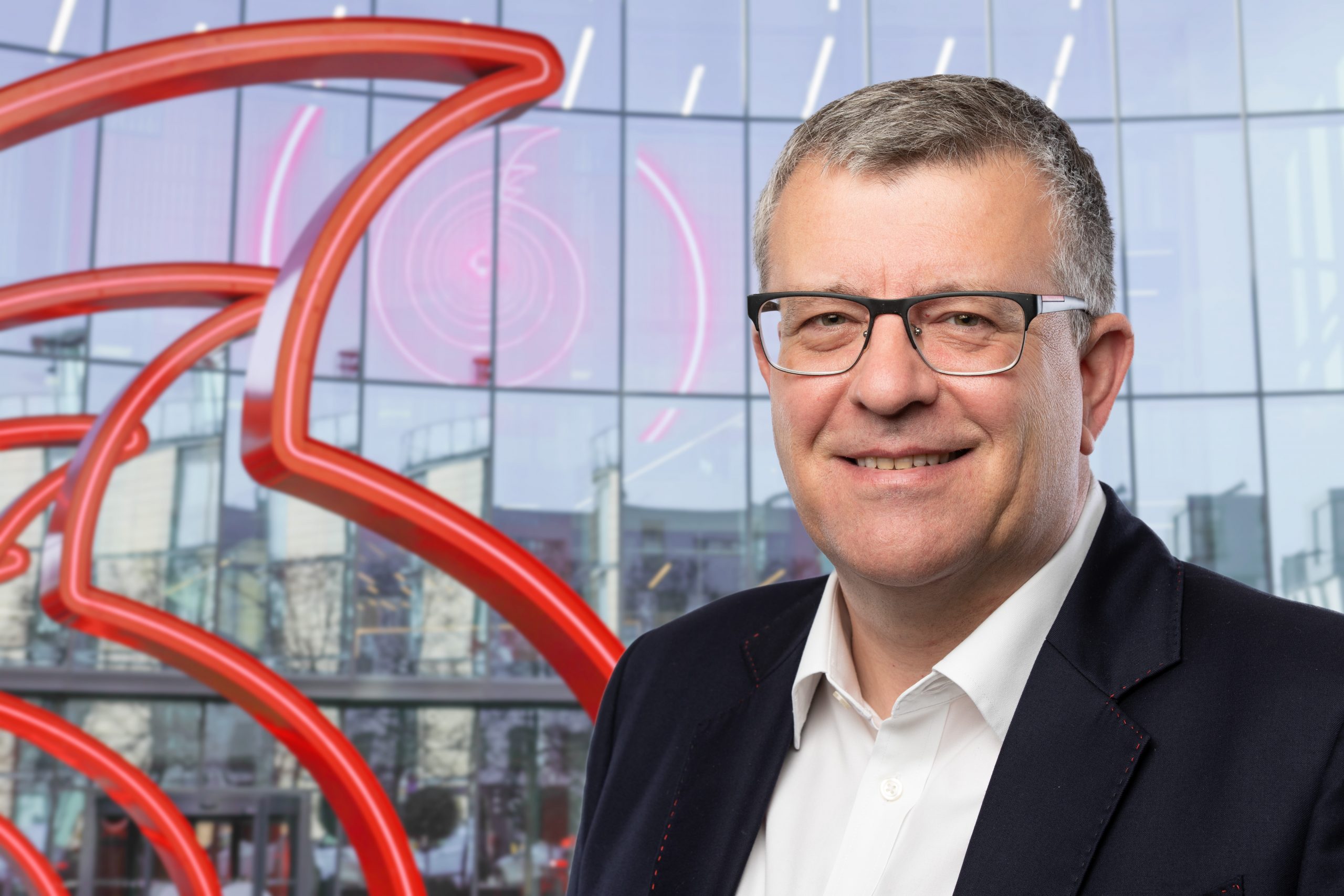

![Nicki-Lead_image[OPTIMISED]](https://www.vodafone.co.uk/newscentre/app/uploads/2023/10/Nicki-Lead_imageOPTIMISED.jpg)
![Coins of Great British sterling[Adobe Stock]](https://www.vodafone.co.uk/newscentre/app/uploads/2024/06/Coins-of-Great-British-sterlingAdobe-Stock.jpg)
